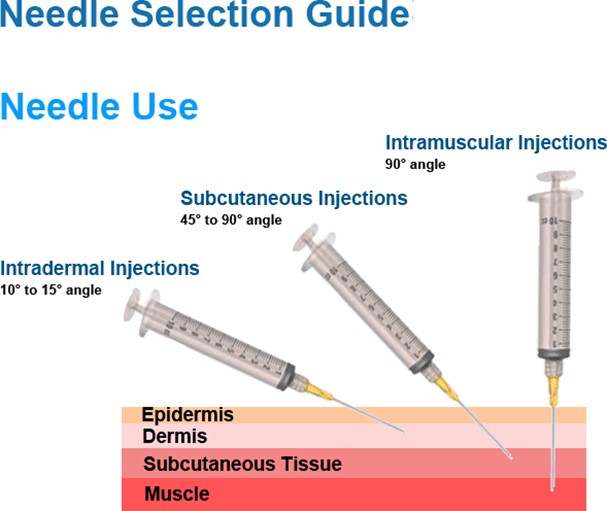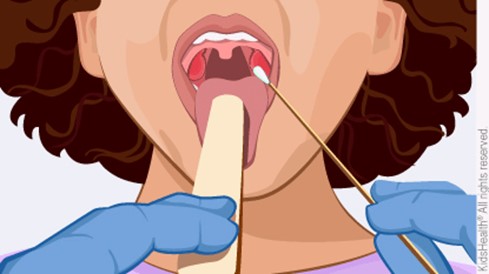When using wrist restraints, which of these statements is correct?
Apply them safely and secure to the bed rails.
Use to protect elderly patients from pulling out tubes and lines as soon as you place them.
Apply them to clients who have a history of violence or a previous fall for everyone’s protection.
Use them only as a last resort after attempting alternatives and get an order to do so.
The Correct Answer is D
Use them only as a last resort after attempting alternatives and get an order to do so. This is because restraints are used to protect persons from harming themselves or others, but they can also cause injuries, falls, and death. Therefore, they should be used only when less restrictive measures fail to protect the person or others, and only with informed consent and a doctor’s order.
Choice A is wrong because restraints should not be secured to the bed rails, but to the movable part of the bed frame out of the person’s reach.
This prevents the person from getting entangled or injured by the restraints.
Choice B is wrong because restraints should not be used for staff convenience or to control or prevent a behavior. They should be used only for the immediate physical safety of the person or others.
Choice C is wrong because restraints should not be applied to clients who have a history of violence or a previous fall for everyone’s protection. They should be used only when there is a clear and present danger of harm to the person or others.
Normal ranges for restraints are:
- Check the person at least every 15 minutes
- Remove restraints and meet basic needs at least every 2 hours
- Apply restraints so that they are snug but allow enough room to fit one finger between the restraint and the wrist
Nursing Test Bank
Naxlex Comprehensive Predictor Exams
Related Questions
Correct Answer is B
Explanation
This needle size is appropriate for an intramuscular injection into the deltoid of a 175-pound adult male with a viscous fluid.
The needle length should be long enough to reach the muscle through the subcutaneous tissue, and the needle gauge should be suitable for the viscosity of the fluid. A 23-gauge needle is a common choice for intramuscular injections.

Choice A is wrong because a 1/2 inch needle is too short to reach the deltoid muscle in an adult male.
Choice C is wrong because a 1-1/2 inch needle is too long and may cause injury to the underlying nerves or blood vessels.
Choice D is wrong because a 16-gauge needle is too large and may cause excessive tissue trauma and pain.
Correct Answer is A
Explanation
This is the proper way to obtain a throat culture, which is a test to look for infections in the back of the throat.

Some possible explanations for the other choices are:
Choice B is wrong because there is no need to avoid eating or drinking after a throat culture.
The swab does not interfere with the normal function of the mouth or throat.
Choice C is wrong because coughing while swabbing the throat could contaminate the sample or cause discomfort to the client. The swab should be gently passed along the back area of the throat and tonsils.
Choice D is wrong because swabbing only the anterior tongue would not collect enough cells from the infected area. The swab should reach the back of the throat where bacteria or fungi may grow.
Whether you are a student looking to ace your exams or a practicing nurse seeking to enhance your expertise , our nursing education contents will empower you with the confidence and competence to make a difference in the lives of patients and become a respected leader in the healthcare field.
Visit Naxlex, invest in your future and unlock endless possibilities with our unparalleled nursing education contents today
Report Wrong Answer on the Current Question
Do you disagree with the answer? If yes, what is your expected answer? Explain.
Kindly be descriptive with the issue you are facing.
